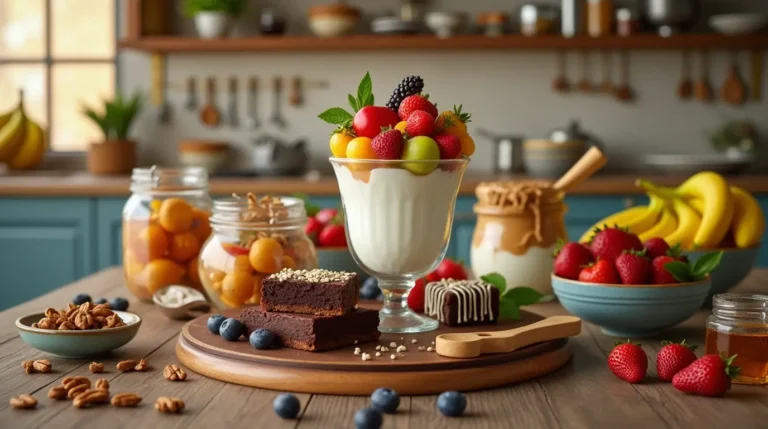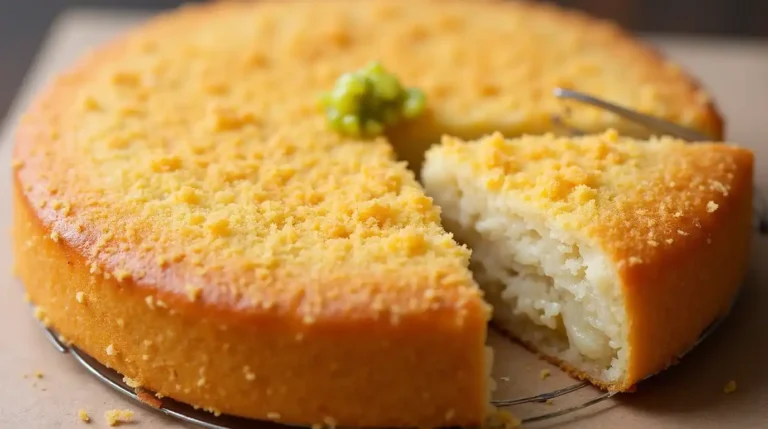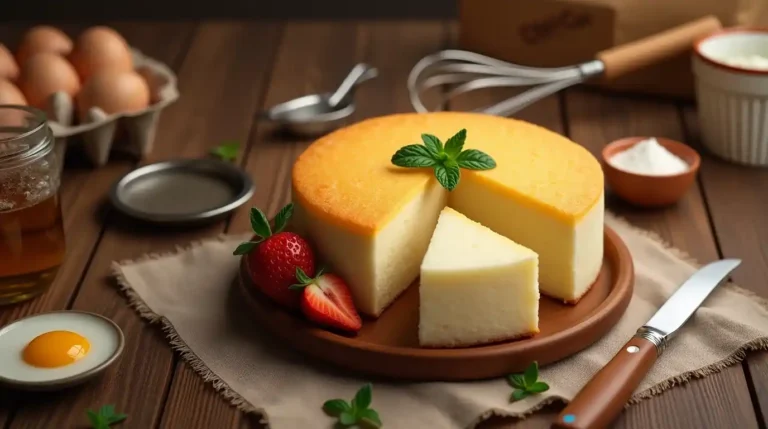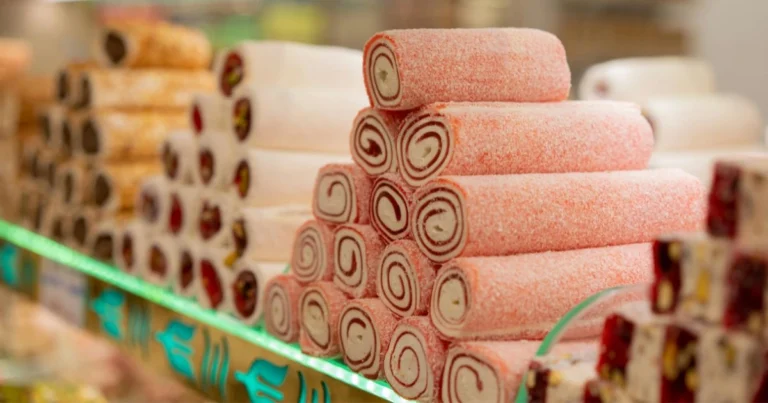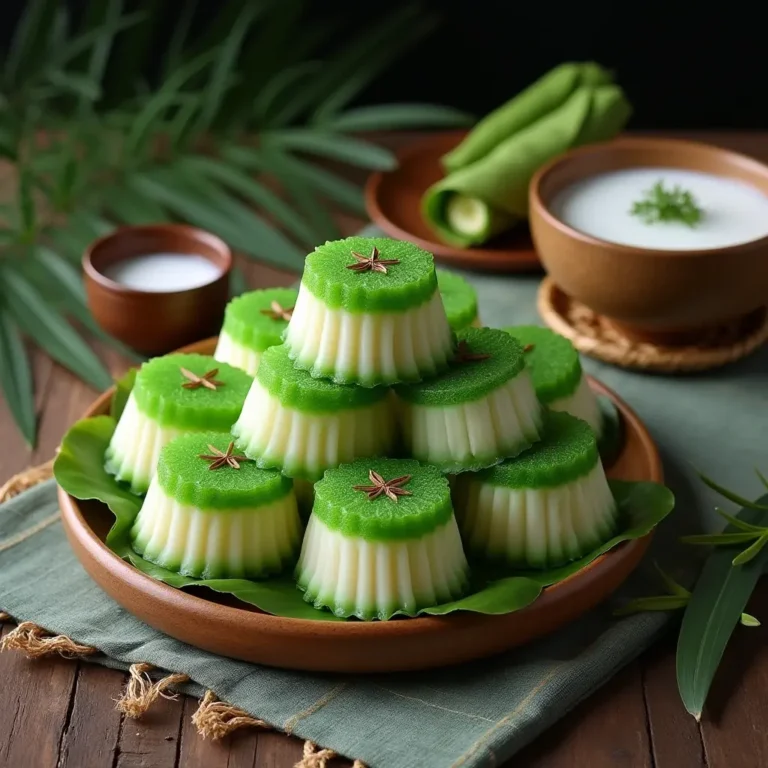La Madeleine French Bakery: Unraveling the Secrets Behind Authentic French Madeleines
Introduction
If you’ve ever wandered into a Parisian-style café and found yourself instantly smitten with the delicate aroma of fresh pastries and the cozy warmth of butter-rich treats, chances are you’ve experienced something akin to what La Madeleine French Bakery is known for. This beloved bakery and café chain has perfected the art of bringing traditional French flavors to everyday American life. But what if you could recreate a signature French pastry at home that mirrors the artisanal quality and flavor found behind their doors?
Table of Contents
The Science of It
At its core, baking is part art and part science. French pastries, especially madeleines, require meticulous attention to temperature, ingredient proportions, and technique. The reason madeleines taste so distinctive isn’t just because of the butter or the high-quality flour. It’s the precise interaction between ingredients—like how the eggs are aerated, how the sugar dissolves, and how the butter’s moisture content affects the final crumb structure. You’re essentially engineering a miniature cake that must remain soft and tender in the middle while crisping elegantly at the edges. With each delicate bite, you’re tasting an ideal balance between fats, leavening, and flavor chemistry.
Why This Recipe Works
The following madeleine recipe borrows several techniques used by professionals at places like La Madeleine French Bakery. By incorporating clarified butter, properly whipping eggs and sugar, and allowing the batter to rest before baking, you’re setting yourself up for success. These steps ensure that classic hump on the backside of the madeleine forms, the edges crisp beautifully, and the interior remains moist and fragrant with subtle hints of lemon and vanilla. Unlike many quick-and-easy versions, this approach respects tradition and technique, making certain you end up with bakery-level results.
What Makes It Unique
What sets this recipe apart from others is the attention to detail at each stage. The resting period for the batter, the gentle folding of dry ingredients, and the use of brown butter (beurre noisette) instead of plain melted butter all add layers of complexity and a nutty aroma. Competitors often skip these steps, focusing solely on sweetness and shape. Here, we replicate the depth and nuance of flavors found in an authentic French bakery. This isn’t just about baking a treat; it’s about recreating an experience, much like what La Madeleine offers daily—only now, in the comfort of your home kitchen.
Recipe Card
Prep Time: 20 minutes (plus 1 hour resting time)
Cook Time: 10-12 minutes
Servings: About 12-14 madeleines
Ingredients (in a Table)
| Ingredient | Quantity |
|---|---|
| Unsalted Butter | 7 tbsp (100 g) |
| All-Purpose Flour | 3/4 cup (95 g) |
| Granulated Sugar | 1/2 cup (100 g) |
| Large Eggs | 2, room temp |
| Baking Powder | 1 tsp |
| Salt | 1/8 tsp |
| Vanilla Extract | 1 tsp |
| Lemon Zest | 1 tsp (optional) |
Step-by-Step Instructions
- Prepare the Butter:
- Place the butter in a small saucepan and gently heat until it melts and the milk solids begin to brown slightly, creating a nutty beurre noisette. Keep a close eye; you want a light, golden-brown hue, not burnt butter. Set aside to cool to room temperature.
- Whip the Eggs and Sugar:
- In a mixing bowl, combine the eggs and sugar. Using an electric mixer, whip on medium-high speed until the mixture becomes pale, thick, and almost tripled in volume. This process incorporates air and ensures a light, spongy texture. It should take about 5 minutes.
- Add the Flavors:
- Gently mix in the vanilla extract and lemon zest (if using). The lemon zest adds a delicate brightness without overpowering the classic buttery flavor.
- Fold in Dry Ingredients:
- Sift together the flour, baking powder, and salt. Gradually fold this mixture into the whipped eggs and sugar, using a gentle hand to maintain volume. Over-mixing here can lead to tough madeleines, so fold just until combined.
- Incorporate the Butter:
- Pour the cooled brown butter down the side of the bowl and continue folding until fully incorporated. The batter should be silky and glossy.
- Rest the Batter:
- Cover the bowl and refrigerate the batter for at least 1 hour. This rest allows the gluten to relax and the flavors to meld, which is crucial for that signature madeleine hump.
- Preheat and Prepare:
- Preheat the oven to 375°F (190°C). Lightly grease a madeleine pan with butter or use a nonstick baking spray.
- Fill the Molds:
- Spoon about 1 tablespoon of batter into each mold. Avoid spreading it; the batter will naturally fill the mold as it bakes.
- Bake to Perfection:
- Bake for 10-12 minutes or until the madeleines have formed their iconic hump and the edges are a light golden brown.
- Cool and Serve:
- Gently remove the madeleines from the pan and cool on a wire rack. Dust with powdered sugar if desired. Serve warm for the ultimate French bakery experience.
Success Tips
- Don’t Skimp on the Resting Time: Resting the batter is crucial for flavor development and ensuring that beautiful hump.
- Use Quality Butter: European-style butter has higher fat content and richer flavor, making a noticeable difference in your final product.
- Avoid Overbaking: French madeleines are delicate; they should be just golden. Overbaking dries them out and dulls their flavor.
- Be Gentle with Folding: Maintaining the volume from the whipped eggs is key to a light, airy texture.
Key Questions to Answer
1. Can I use whole wheat flour or gluten-free flour?
While you can experiment, classic madeleines rely on the lightness of all-purpose flour. Whole wheat flour will result in a denser texture. If you must go gluten-free, opt for a trusted 1:1 baking blend and be prepared for slight textural differences.
2. Do I need a special madeleine pan?
To achieve the iconic shell shape, a madeleine pan is strongly recommended. While you can bake the batter in mini muffin tins, the signature hump and aesthetic might not be as pronounced.
3. How long do madeleines stay fresh?
Madeleines are best enjoyed fresh, within a day or two. Their texture and fragrance diminish over time. If you must store them, keep them in an airtight container at room temperature for up to 2 days or freeze for longer storage.
4. Can I flavor them differently?
Absolutely. Beyond lemon zest and vanilla, try orange zest, a hint of almond extract, or even lavender. Just be careful to maintain the delicate balance of flavors.
Expert Tips & Variations
[What Top Competitors Missed]
Many competitor recipes online skip the resting period for the batter. This small detail is critical: it allows the leavening to settle and the gluten to relax, creating that signature hump and a more nuanced flavor profile. Others may suggest simple melted butter rather than brown butter. While this shortcut saves time, it also sacrifices complexity. Our approach channels the spirit of La Madeleine’s commitment to authenticity by going the extra mile for flavor depth.
- Chocolate-Dipped Variation:
Once cooled, dip the scalloped end of your madeleines into melted dark chocolate. Let them set on parchment paper. This variation adds a luxurious finish that elevates your homemade pastries to special-occasion status. - Citrus-Infused Butter:
Before browning the butter, add a strip of lemon or orange peel to infuse subtle aromatics. Remove it before folding the butter into the batter. - Savory Twist:
While traditionally sweet, consider a savory adaptation by reducing the sugar and adding herbs like thyme and grated cheese. These savory madeleines can be perfect as hors d’oeuvres or served alongside soups, mimicking some savory pastry options you might find in a French café.
By adopting the nuanced touches that others often overlook—like the subtle complexity of brown butter and the importance of resting the batter—you’re making a pastry that closely mirrors the authentic offerings of a French bakery. It’s these details that set your madeleines apart and showcase an appreciation for culinary tradition.
Troubleshooting: Common Problems & Solutions
Even the best bakers stumble sometimes. Here’s how to tackle common issues:
- Flat Madeleines:
Cause: Not resting the batter or overmixing.
Fix: Ensure at least a one-hour rest before baking and fold gently. - Dry or Tough Texture:
Cause: Overbaking or rough handling of the batter.
Fix: Reduce baking time by a minute or two and always fold ingredients with a light hand. - No Hump Formation:
Cause: Oven temperature too low or batter not rested.
Fix: Confirm your oven temperature with a thermometer and never skip the rest. A cold batter going into a hot oven helps form the classic hump. - Butter Overflow or Greasy Texture:
Cause: Incorrect butter measurement or not letting it cool.
Fix: Measure accurately and allow the brown butter to cool before adding it to the batter. - Sticky Release from the Pan:
Cause: Insufficient greasing or using a low-quality pan.
Fix: Properly butter and flour the molds, or invest in a quality nonstick madeleine pan for easy release.
Conclusion
Mastering the art of madeleines at home is more than just learning a recipe—it’s an immersion into the subtle craft that French bakeries like La Madeleine have elevated for decades. By understanding the science behind the ingredients, embracing the traditional steps often overlooked by competitors, and addressing common pitfalls, you’ll be well on your way to creating pastries that are every bit as enchanting as those found in a Parisian pâtisserie.
Baking these tiny shell-shaped cakes opens a window into the world of French culinary tradition. Take pride in your patience, attention to detail, and willingness to learn. With each warm, buttery bite, you’ll discover just why these pastries have captured hearts on both sides of the Atlantic.
External Trusted Resources:


